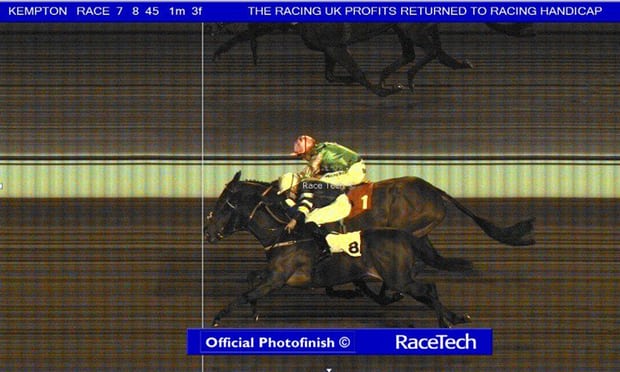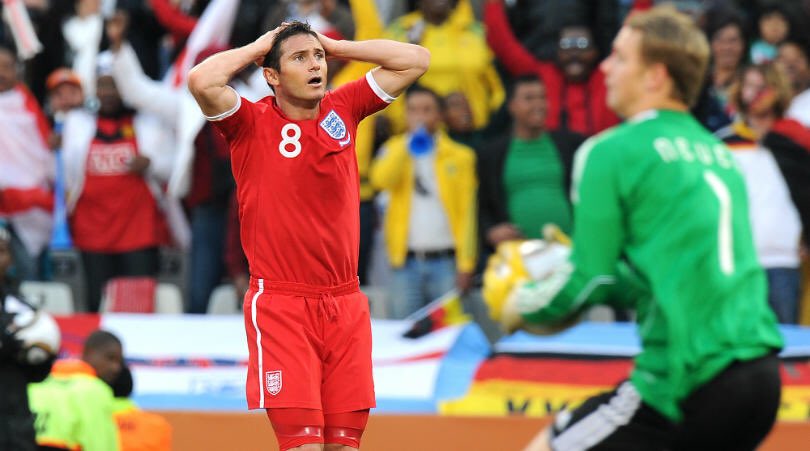Source: Guardian Sport via Twitter
The British Horseracing Authority were forced to answer difficult questions regarding a photo finish when Oregon Gift was denied victory in a meet at Kempton Park. The judges analysing the photo from the finish line made an error, instead handing victory to Bird For Life. The decision was made within 71 seconds off the end of the race, and although it was eventually overturned on review to credit the horse and his team with the win, bettors were left out of pocket.
The incident proved that although the technology is in place to provide as clear evidence as possible, the human element of decision making can still produce mistakes. The race in question was a Class Six meet, which is a drop in the ocean compared to the leading events in the sport. There have been mild claims for changes in the way in which close races have been decided, although perhaps not enough to provoke a reaction from the British Horseracing Authority.
Should an incident occur at Cheltenham Festival or the Grand National there would be a massive outcry given the amount of money invested over the course of the race week or on the Saturday of the National. Imagine if Total Recall, who is the consensus favourite for the event in the Grand National latest betting odds, was narrowly beaten by Blaklion at the line due to an inaccurate reading of the photograph. Given the prestige of the event, there would be uproar across the United Kingdom and that could force the hand of racing’s governing body into change.
Fortunately for the judges in the National, there have not been many close calls in the recent history of the race. The best finish between two rival horses came in 2012 when outsider Neptune Collonges and Sunnyhillboy battled down the stretch. Neptune Collonges was able to claim the victory by a nose after making a late surge to surpass Sunnyhillboy. It took over 90 seconds for the decision to come down as the two horses were extremely close at the line. However, the correct call was made in favour of Paul Nicholls’ charge.
Although the photo finish has not affected a major race, there’s no reason to suggest it would be immune from such controversy. As a result, horse racing has to continue to develop technology to ensure the integrity of the sport is upheld. Camera angles and 3D technology have afforded judges better content to base their decision on. However, with the human element in place, there’s always the chance.
Source: TalkWorldCup via Twitter
Goalline technology in football has revolutionised the way in which contentious goals are awarded or not in matches across the world. It has been a saving grace for officials, removing one of the major controversies from the game. It came too late for England in the 2010 World Cup in their clash against Germany. However, it has been a vital tool at the highest level of the sport. Simply placing a circuit in the ball, teamed with camera angles, allows the technology to determine whether the ball has crossed the line. The decision flashes on the watch of the referee immediately, allowing the game to continue to flow.
Whether the same technology could be applied to horse racing is certainly up for debate. Safely and humanely attaching a chip to a horse could remove the photo finish from racing altogether. It would remove doubt and provide immediacy in terms of the result, benefitting all parties in the sport. It’s certainly worth considering to avoid incidents like the one at Kempton Park.


Leave a Reply